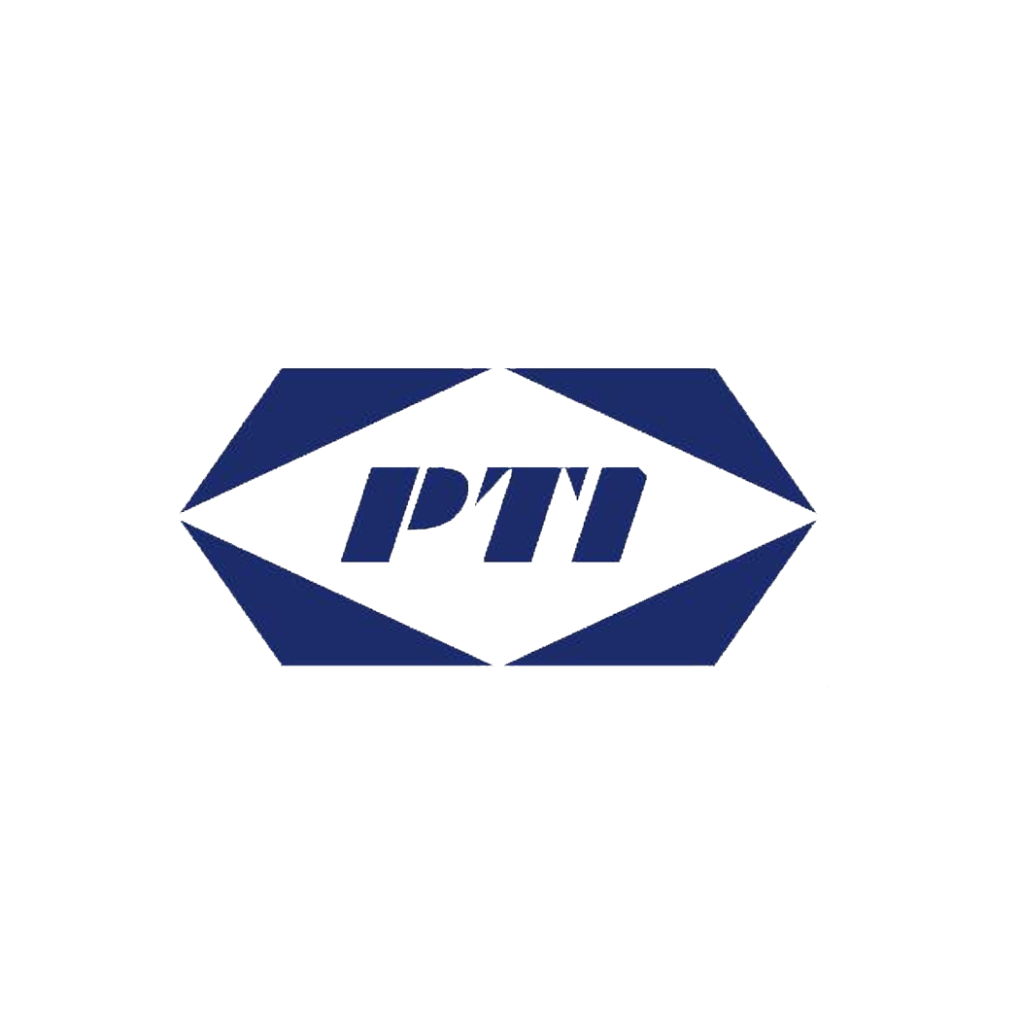

PS: It is primarily used for auxiliary testing and preliminary screening. Its measurement results can serve as corroborative data for judgment, but cannot be used as the sole or final basis for decision-making.
Properties
Name |
Content |
|---|---|
|
Project name |
Content%
|
|
Method |
Potentiometric titration, liquid phase, gas phase
|
|
Price |
Upon request
|
|
Notes |
|
Product Details
1. The potentiometric titrator determines the endpoint and calculates the content by monitoring the potential changes during the titration process;
2. HPLC achieves separation and quantification based on the difference in component partition coefficients between the stationary phase and mobile phase;
3. GC utilizes the difference in gas/stationary phase distribution coefficients of substances for separation and quantification.
Application scenarios
1. Potentiometric titration method
Pharmaceutical industry: Determination of active ingredient content (such as vitamin C), purity, and stability testing of drugs.
Environmental monitoring: quantitative analysis of chloride ions, hardness (Ca 2 ?/Mg 2 ?), and acidity/alkalinity in water quality.
Food quality control: determination of edible oleic acid value, peroxide value, and salinity in soy sauce.
Petrochemical industry: detection of sulfur content or acid value in oil products.
2. Biomedical:
Analysis of drug components (such as antibiotic purity) and identification of metabolites; Separation and purification of proteins and peptides.
Food safety: testing of additives (sweeteners, preservatives) and pigments (lemon yellow, carmine); Analysis of pesticide residues (carbendazim) and mycotoxins (aflatoxin).
Environmental Science: Trace detection of organic pollutants (polycyclic aromatic hydrocarbons, herbicides) in water bodies.
Research on Traditional Chinese Medicine: Establishment of effective ingredient fingerprint (such as baicalin).
3. Gas Chromatography (GC)
Environmental monitoring: detection of benzene derivatives (benzene, toluene), halogenated hydrocarbons (chloroform), and aldehyde ketone pollutants in landfill gas; Analysis of volatile organic compounds (VOCs) in the atmosphere.
Petrochemical industry: analysis of crude oil composition, separation of low-carbon hydrocarbons (C1 to C5) in refinery gas.
Food and material science: essence, spice ingredients, pesticide residues (organic phosphorus); Determination of methanol content in papermaking black liquor.
Clinical and Forensic Medicine: Detection of Ethanol and Anesthetic Concentrations in Blood.
Inquiry
Welcome To Inquire
- Tel: +86 18922937662
- E-mail: sales@gdpti.com
- Wechat: PTI142857
Related products
-
sulfate
Testing & Customization -
Infrared correlation%
Testing & Customization -
chloride
Testing & Customization -
Nitrogen content
Testing & Customization

